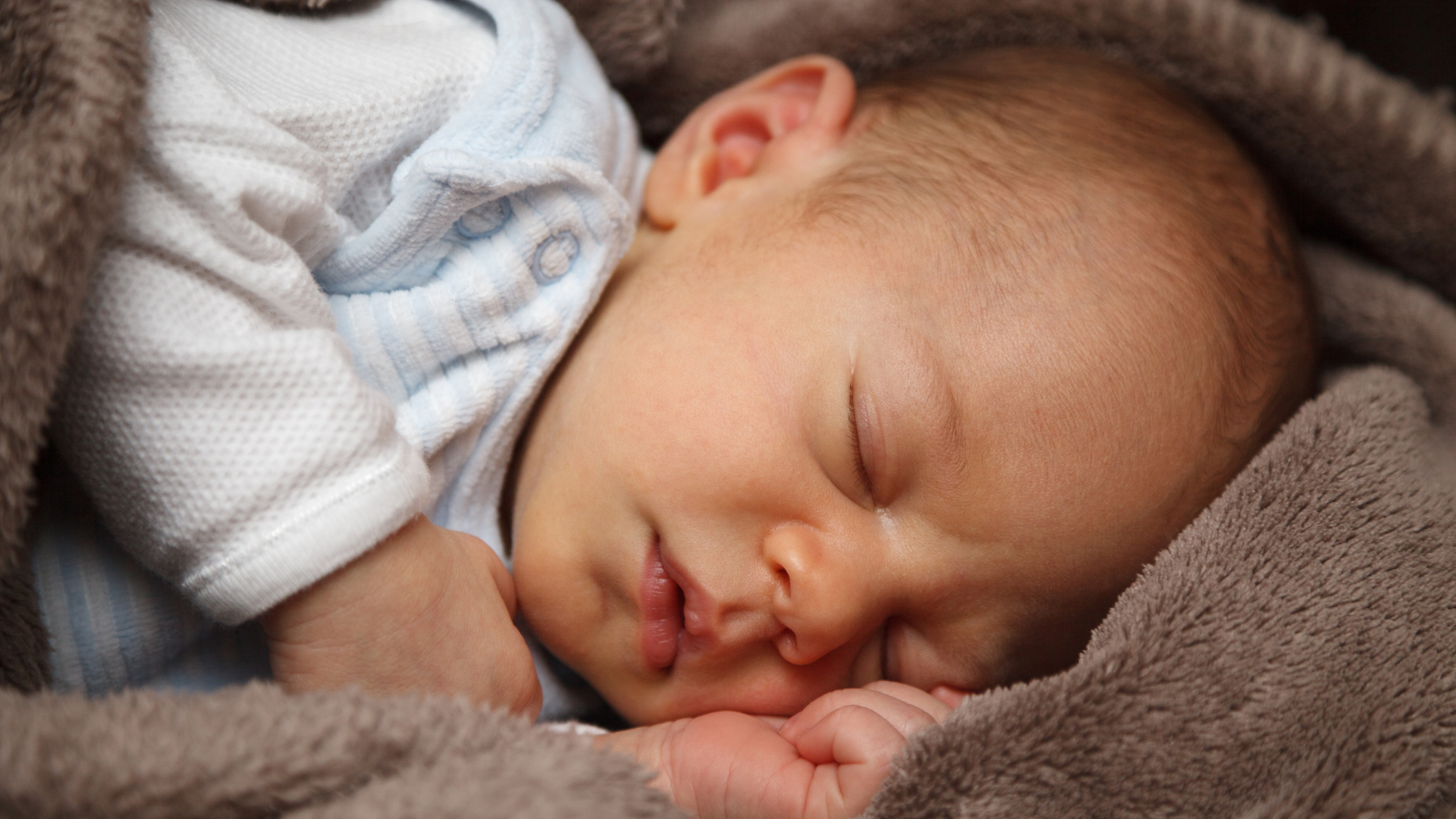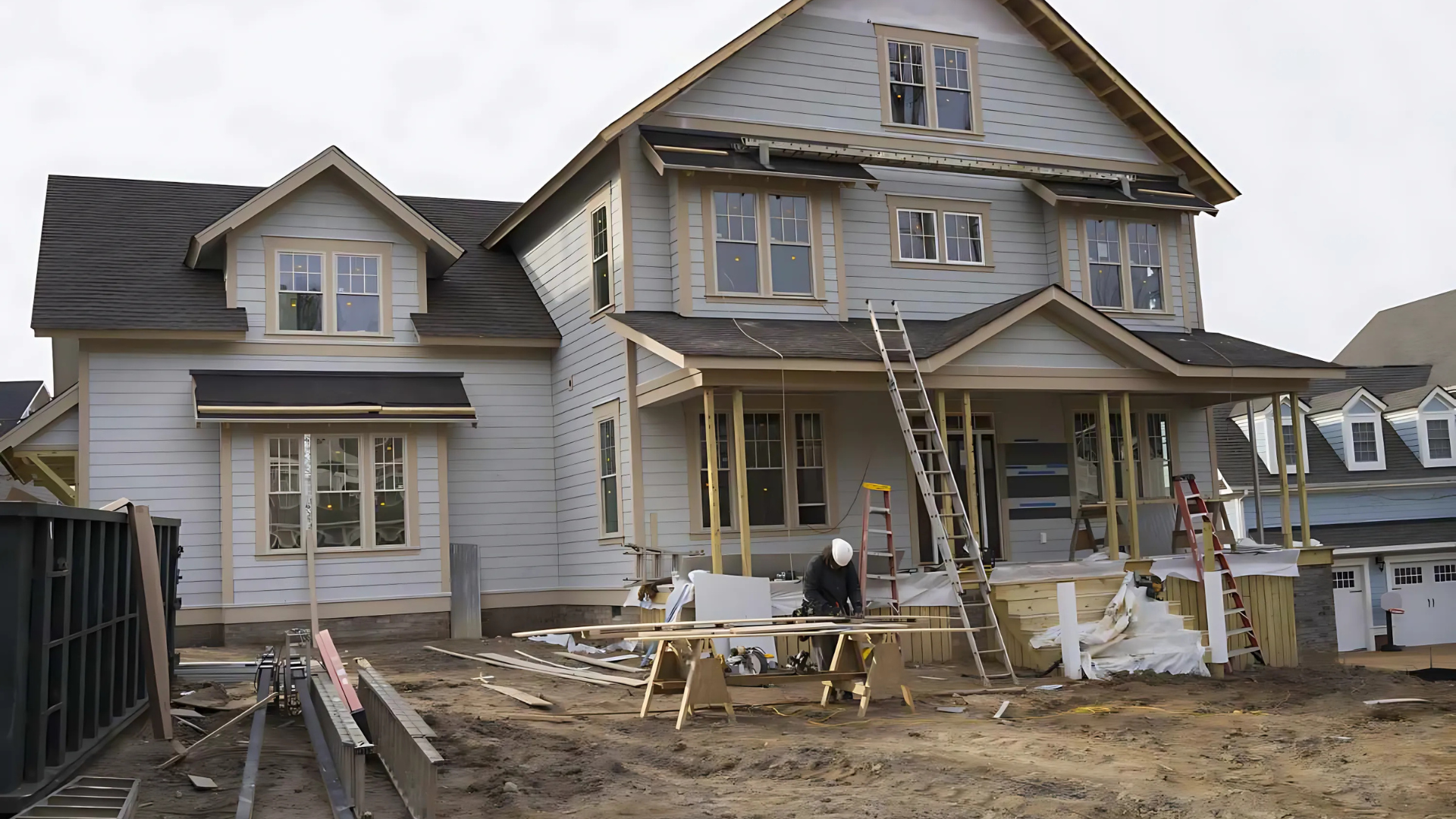If you’ve ever noticed your baby curl up tightly with knees bent and arms tucked in, you’ve witnessed the newborn scrunch.
It’s one of those adorable little quirks that make the early weeks so special, but it can also leave you with questions. As a parent, you may wonder what it really means and why it happens.
In this blog, I’ll share what you need to know in simple terms, so you can feel reassured, enjoy the moment, and see the scrunch as a sweet sign of your baby’s growth.
What is the Newborn Scrunch?
The newborn scrunch is that little curl babies do in the first weeks after birth. It’s a sweet reminder of how recently they were tucked inside the womb.
You’ll see it when your baby pulls their knees up toward their chest, tucks their arms in close, and curls their whole body into a ball.
This posture typically appears immediately after birth and often persists for the first 6 to 12 weeks. As your baby’s muscles grow stronger and they begin to stretch more freely, the scrunch gradually fades away
Why Does the Newborn Scrunch Occur?
There’s a reason babies do this, and it’s completely normal:
- They remember the womb: Your baby spent months curled up in a small space, so their body naturally holds that position at first.
- Their muscles are adjusting: The scrunch is part of their muscles and nerves learning how to work in the outside world.
- It feels safe: That tucked-up posture gives them comfort because it’s what they’re used to.
Over time, the scrunch fades as your baby gets stronger and more relaxed.
Significance of the Newborn Scrunch

The newborn scrunch isn’t just something adorable to watch. It actually tells you a lot about your baby’s health and comfort in those early weeks.
1. Healthy Nervous System
When your baby curls up into that tight little ball, it’s a wonderful sign that their nervous system is working well. This reflex shows that their muscles and brain are already communicating the way they should.
It’s something doctors often look for in the first few weeks as a marker of healthy development. The scrunch helps your baby slowly build coordination and strength while adjusting to life outside the womb.
2. Reassurance for Parents
Watching your baby do the newborn scrunch can bring a lot of peace of mind during those early, uncertain days. It shows that their reflexes are active and their tiny body is responding normally.
Each curl and stretch is a sign of progress and healthy growth. Knowing this can help you relax and enjoy the sweet, simple moments instead of worrying.
3. Bonding and Comfort
The newborn scrunch is more than a reflex – it’s also a reflection of your baby’s comfort and sense of safety. That tucked-up position feels familiar, reminding them of the snug space they came from.
Holding your baby close while they’re in this posture can make cuddles feel even more meaningful. It’s a gentle way for both of you to feel connected and secure in those first few weeks
Newborn Scrunch vs. Other Baby Reflexes
Babies are born with several reflexes, and it can be hard to tell them apart. Here’s how the newborn scrunch compares with a few other common reflexes:
| Reflex | What It Looks Like | When It Appears | Purpose/Significance |
|---|---|---|---|
| Newborn Scrunch | Baby pulls knees up, tucks arms in, curls body tightly | Birth to 6–12 weeks | Shows healthy muscle tone and nervous system, comfort from the womb position |
| Moro/Startle Reflex | Arms fling out wide, then pull back in, often with a cry | Birth to 4–6 months | Protects the baby from sudden movement or loud sounds, shows normal brain and nerve response |
| Rooting Reflex | The baby turns its head and opens its mouth when the cheek is stroked | Birth to about 4 months | Helps the baby find the breast or bottle for feeding |
| Curling/Rolling from Scrunch | Baby shifts from a curled posture to stretching or partial rolling | Usually by 2–4 months | An early step toward rolling over and gaining control of movement |
Each reflex plays a role in your baby’s growth, but the scrunch stands out as a sweet reminder of their life in the womb.
When to Talk to a Pediatrician

The scrunch is normal, but it can sometimes linger longer than expected or appear in unusual ways. That’s when a check-in with your doctor can help.
- Lasting too long: If your baby is still tightly scrunched well past three months, it’s worth asking about.
- Red flags: Watch for stiffness, only scrunching on one side, or delayed stretching, as these may indicate a more serious issue.
- Doctor’s role: Pediatricians check reflexes and muscle tone during visits to make sure everything is on track.
In the end, the newborn scrunch is a short-lived but meaningful part of your baby’s early days. For most little ones, it fades naturally as they grow, stretch, and gain strength.
If you ever feel unsure, your pediatrician is there to guide you and make sure everything is on track.
Parenting Tips During the Scrunch Stage
The scrunch stage can be a sweet but sometimes confusing time. A few simple practices can help you support your baby while keeping them safe and comfortable:
- Safe ways to hold and support: Always cradle your baby with their head supported and allow their body to curl naturally, without forcing them to be flat.
- Swaddling considerations: Light swaddling can mimic the womb and make your baby feel secure, but avoid wrapping too tightly; leave room for the hips and legs to move freely.
- Gentle stretching play: Short tummy time sessions or letting your baby kick freely on a blanket help them build strength and slowly stretch out.
Myths About the Newborn Scrunch
Because the scrunch looks so unique, it often raises questions. Here’s the truth behind some common myths:
Does it mean something is wrong?
No, scrunching is a normal reflex and a sign that your baby’s body is working as expected.
Does scrunching mean my baby is in pain?
Not at all. The curled-up posture is natural and usually brings comfort, not discomfort.
Is it a reflex or a habit?
It’s more of a reflex tied to muscle tone and womb memory. Over time, it fades on its own as your baby grows.
The newborn scrunch is a normal and fleeting stage, and with a little care, you can support your baby while enjoying it. Understanding what it means, and what it doesn’t, makes the early weeks feel a lot less overwhelming.
Conclusion
The newborn scrunch is one of those sweet little reminders of how new and amazing your baby is.
It shows their body is adjusting just as it should and gives you a glimpse of the comfort they once felt in the womb.
This stage passes quickly as your baby grows stronger and begins to stretch out more each day. Enjoy the cuddles, take lots of pictures, and don’t worry if the scrunch slowly fades – it’s a sign of healthy growth.
If you ever have questions or feel unsure, talk with your pediatrician for peace of mind.
Every baby grows at their own pace, and understanding these small stages helps you feel confident and connected along the way.
Frequently Asked Questions
Does scrunching affect sleep positions?
No, the newborn scrunch doesn’t affect how your baby should sleep. Always place your baby on their back for safe sleep, even if they curl up naturally.
Is there any link to colic or gas?
Scrunching isn’t related to colic or gas. It’s simply a reflex and comfort posture, not a sign of tummy trouble.
Can I do anything to help my baby outgrow the scrunch?
Yes, gentle tummy time and letting your baby kick freely on a blanket help strengthen muscles and encourage stretching.










